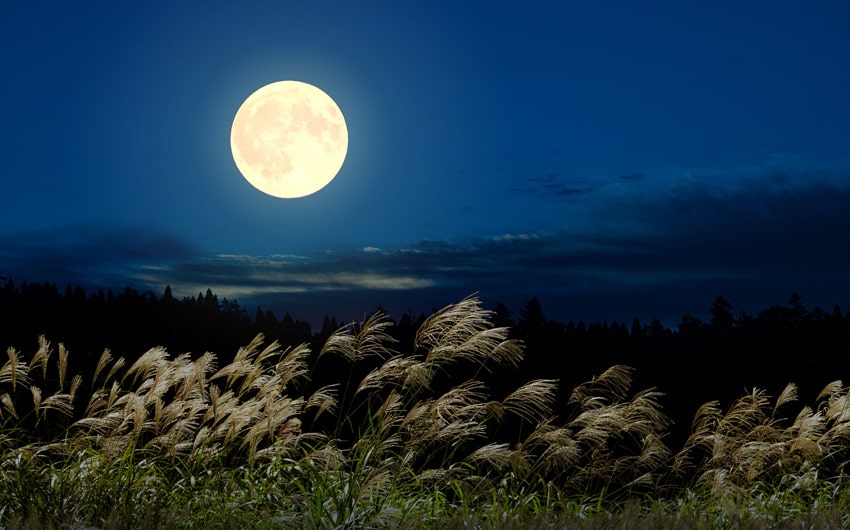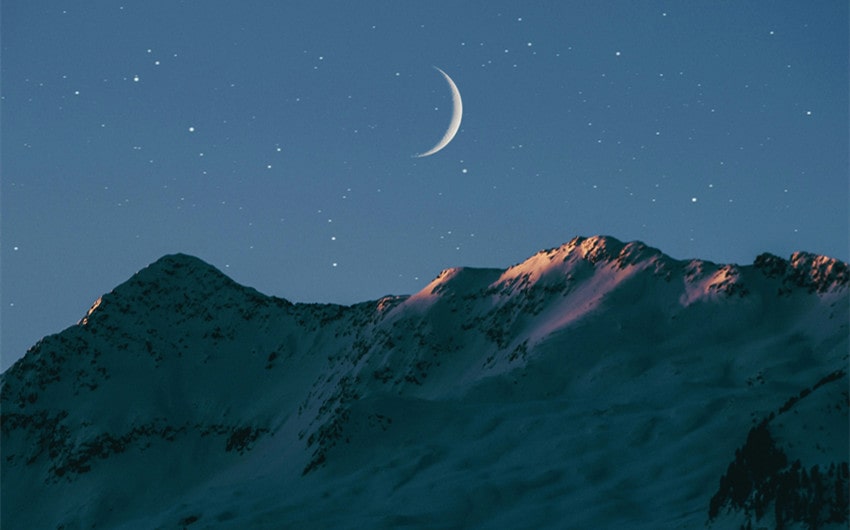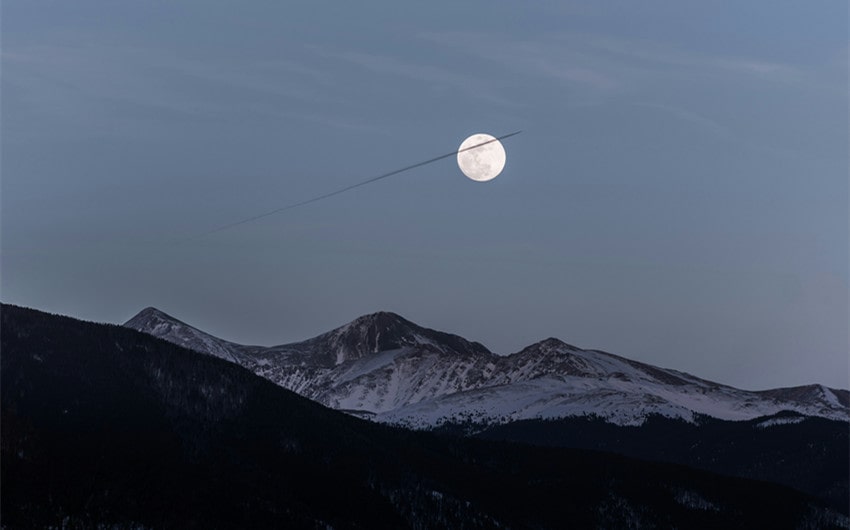The Moon Is Beautiful, Isn’t It: A Timeless Wonder
The moon has always held a special place in our hearts, lighting up the night sky and inspiring countless stories, poems, and dreams. There’s something deeply comforting about gazing at its soft glow, a reminder of beauty and constancy in a changing world. The phrase the moon is beautiful, isn’t it captures this magic perfectly, inviting us to pause and reflect on its quiet allure.
Whether it’s a symbol of love, a muse for creativity, or a shared moment between strangers, the moon connects us all. Let’s explore why this simple yet profound expression continues to captivate and inspire.
The Cultural Significance of the Moon
The moon has been a profound source of inspiration across cultures and generations, symbolizing beauty, mystery, and transformation. It has held a unique place in literature, art, and folklore, reflecting humanity’s enduring fascination with its ever-changing phases and tranquil glow. Let’s delve into how the moon has shaped cultural narratives and expressions around the world.
In Literature:
From ancient poetry to modern novels, the moon has been a recurring motif in literature, representing love, longing, and the passage of time. In William Shakespeare’s works, the moon often symbolizes romance and change, as in A Midsummer Night’s Dream. Similarly, poets like Emily Dickinson and Pablo Neruda have written about the moon as a silent witness to human emotions.
In Japanese literature, the concept of tsukimi (moon viewing) celebrates the beauty of the full moon, highlighting its poetic role in Eastern traditions. The moon’s presence in storytelling continues to evoke wonder and introspection, reminding readers of life’s fleeting yet beautiful moments.
In Art:
Artists have long been captivated by the moon’s ethereal light and its ability to transform landscapes. From Vincent van Gogh’s Starry Night to the dreamy landscapes of Chinese ink paintings, the moon is a visual symbol of tranquility and contemplation.
In contemporary art, the moon often represents the intersection of nature and the cosmos, inspiring abstract and surreal interpretations. Photographers, too, find endless inspiration in capturing the moon’s phases, whether as a lone orb in the sky or a backdrop to urban scenes. The moon’s timeless appeal makes it a versatile subject in visual art, bridging traditional and modern forms.
In Folklore:
Myths and legends surrounding the moon are as varied as the cultures that created them. In many Native American stories, the moon is a guiding force, often personified as a deity or a sibling to the sun. In Chinese folklore, the story of Chang’e, the moon goddess, highlights themes of love and sacrifice.
Similarly, in Hindu mythology, the moon (Chandra) is associated with calmness and serenity, symbolizing the mind and emotions. These narratives not only explain natural phenomena but also connect the moon to human experiences, making it a central figure in cultural storytelling.
The Emotional Connection to the Moon
The moon holds a unique emotional power, resonating deeply with people across cultures and time. Its serene glow and shifting phases evoke feelings of wonder, nostalgia, and connection. Whether it’s gazing at a full moon on a quiet night or finding comfort in its presence during life’s transitions, the moon serves as a source of emotional grounding and reflection. Let’s explore how the moon connects with us on a personal and collective level.
A Silent Companion in Solitude:
For many, the moon is a silent companion during moments of solitude. Its constant presence in the night sky offers a sense of stability and calmness. When we look up at the moon, it often feels as though it’s listening, reflecting our emotions back to us.
Poets and dreamers alike have long written about the moon as a confidant, a celestial body that quietly observes without judgment. In these moments, the moon provides comfort, reminding us that even in isolation, we are not alone under its shared glow.
A Symbol of Change and Renewal:
The moon’s phases, from crescent to full and back again, mirror the cycles of life—growth, change, and renewal. This ever-changing nature makes the moon a metaphor for personal transformation.
People often find themselves drawn to the moon during times of emotional turbulence, seeing its waxing and waning as a reminder that change is natural and necessary. The moon’s ability to appear both constant and dynamic inspires hope and resilience, encouraging us to embrace our own phases and transitions with grace.
A Shared Experience Across Generations:
The moon connects us not only to ourselves but also to others. Looking at the same moon, people across the world and throughout history have shared this celestial experience. It’s a reminder of our shared humanity, transcending boundaries of culture, language, and time.
Families often recall cherished memories tied to the moon, like watching lunar eclipses or celebrating festivals under its light. These moments of connection help strengthen bonds, reminding us that the moon has witnessed countless stories, from ancient myths to modern celebrations.
Romance and Longing:
The moon has long been associated with love and longing, often serving as a symbol of romantic connection. Its soft glow creates a dreamy atmosphere, making it a backdrop for countless love stories. Couples gaze at the moon together, finding comfort in the idea that it shines on them no matter where they are.
The phrase “the moon is beautiful, isn’t it?” itself conveys an understated expression of love and admiration. The moon’s quiet beauty evokes feelings that words sometimes cannot fully express, making it an enduring emblem of deep emotions.
Inspiration for Creativity and Reflection:
For writers, artists, and dreamers, the moon is a source of endless inspiration. Its mysterious allure encourages introspection and fuels creativity. People often journal or meditate under the moonlight, using its calm energy to process emotions or spark ideas. Its cycles, with their rhythm and predictability, offer a sense of order in a chaotic world. Whether reflecting on personal growth or creating something new, the moon’s presence inspires moments of clarity and focus.
Scientific Wonders of the Moon
The moon is not just a celestial beauty; it’s also a treasure trove of scientific marvels. As Earth’s closest neighbor in space, it has fascinated scientists for centuries, offering valuable insights into planetary formation, space exploration, and the delicate balance of life on Earth. The moon’s mysteries continue to captivate researchers, making it one of the most studied objects in our solar system. Let’s explore the fascinating scientific wonders of the moon.
The Moon’s Formation and Unique Features:
The leading theory about the moon’s formation, known as the giant impact hypothesis, suggests it was born from a collision between Earth and a Mars-sized object billions of years ago. This dramatic origin story makes the moon a unique window into the early history of the solar system. Its surface, marked by craters, lava plains, and mountains, tells the story of billions of years of cosmic impacts and geological activity.
Unlike Earth, the moon lacks an atmosphere, which means its surface remains unchanged by weather, preserving its history for scientists to study.
The moon’s surface also holds secrets about its interior. The crust, mantle, and small iron core provide clues about its structure and how it cooled after its fiery formation. Scientists use data from lunar missions to better understand these layers, uncovering details about the moon’s composition and its similarities to Earth.
The Moon’s Influence on Earth:
One of the moon’s most critical roles is its effect on Earth. Its gravitational pull generates the tides, influencing ocean currents and ecosystems. The moon also stabilizes Earth’s axial tilt, preventing dramatic shifts in climate over millions of years. Without the moon, Earth’s rotation could become chaotic, leading to extreme weather patterns that would make life as we know it impossible.
The moon’s phases also play a role in human and animal behavior. For example, many species, from coral to wolves, use the moon as a guide for mating, migration, or hunting. Its subtle yet powerful influence on life on Earth highlights its importance in maintaining the delicate balance of our planet.
Human Exploration of the Moon:
The moon has been a beacon for humanity’s curiosity and ambition. The Apollo missions of the 1960s and 1970s were groundbreaking, allowing humans to set foot on the lunar surface for the first time. These missions not only showcased technological achievement but also provided invaluable scientific data. Moon rocks brought back to Earth revealed details about the moon’s mineral composition, its volcanic activity, and the timeline of its development.
Today, the moon remains a focal point for space exploration. Projects like NASA’s Artemis program aim to return humans to the moon and establish a sustainable presence there. The moon is also being considered as a stepping stone for future missions to Mars, with its low gravity offering an ideal launch point for deeper space exploration.
The Moon and Space Science:
The moon plays a crucial role in advancing our understanding of the universe. Its lack of atmosphere makes it an ideal location for astronomical observatories, free from the interference of Earth’s weather or light pollution. Lunar telescopes could provide clearer views of distant galaxies, helping scientists study the origins of the cosmos.
The moon is also a testbed for new technologies. From developing methods for mining resources like water ice to experimenting with sustainable habitats, lunar missions help scientists and engineers prepare for long-term space exploration. The moon’s surface is rich in resources, such as helium-3, a potential fuel for future fusion energy, making it an exciting prospect for future technological advances.
Unanswered Questions and Ongoing Research:
Despite all we’ve learned, the moon still holds many mysteries. Scientists are studying the far side of the moon, which is hidden from Earth, to uncover its unique geological features. There’s also growing interest in understanding the presence of water ice in permanently shadowed craters, which could support future human missions and provide insights into the moon’s history.
The moon’s role in the solar system and its relationship with Earth continue to intrigue researchers. Its past, present, and potential for the future make it a key focus for scientific exploration. As we deepen our understanding, the moon remains not only a subject of fascination but also a gateway to unlocking the mysteries of the universe.
The Philosophy of “The Moon Is Beautiful, Isn’t It?”
The phrase “The moon is beautiful, isn’t it?” carries more than just a literal admiration for the celestial body. Its simplicity hides layers of philosophical meaning, offering a lens to explore love, beauty, connection, and the fleeting nature of life. Originating from Japanese culture, this poetic expression is often seen as an understated way to convey deep emotions, including love, without explicitly saying it. Let’s delve into the rich philosophical dimensions of this phrase and why it resonates so profoundly.
An Expression of Unspoken Love:
In Japanese culture, “The moon is beautiful, isn’t it?” (Tsuki ga kirei desu ne?) is famously interpreted as a poetic declaration of love. It embodies the philosophy that some feelings are too profound for direct words and are best expressed through shared experiences and metaphors. The moon, with its soft, constant glow, becomes a symbol of quiet affection and unspoken emotions.
This expression reflects a broader Eastern philosophy of subtlety and restraint. Unlike bold declarations, it invites the listener to interpret the sentiment behind the words. It’s a reminder that love doesn’t always need grand gestures—it can exist in the shared appreciation of something as simple and universal as the moon.
A Shared Experience of Beauty:
The phrase highlights how beauty is best appreciated when shared. Gazing at the moon together creates a moment of connection, transcending words and allowing two people to experience the same wonder. In this sense, the moon becomes a bridge, linking individuals through its quiet presence.
This shared experience also reflects a philosophical truth about human nature: beauty gains meaning when it’s acknowledged by others. Whether with a loved one, a friend, or even a stranger, the act of pointing out something beautiful fosters a sense of unity. The moon, ever-present and accessible to all, serves as a perfect symbol of this connection.
The Transience of Beauty and Life:
The moon’s phases remind us of the fleeting nature of beauty and life. It waxes and wanes, appearing full and radiant one night, then retreating into shadow. This cycle mirrors the transient moments of joy and love in our lives, urging us to cherish them while they last.
The phrase “The moon is beautiful, isn’t it?” encapsulates this philosophical idea. It invites us to pause and appreciate the present moment, knowing that it, like the moon’s fullness, is temporary. This reflection aligns with the Buddhist philosophy of impermanence, encouraging mindfulness and gratitude for the fleeting beauty around us.
A Universal Symbol of Awe and Reflection:
The moon has inspired awe across cultures and philosophies for centuries. In Western thought, philosophers like Aristotle and Galileo marveled at the moon’s role in the cosmos, while poets like Shelley and Keats wrote about its emotional impact. The phrase captures this universal wonder, reminding us that the moon’s beauty is timeless and transcends cultural boundaries.
Philosophically, the moon also represents duality: light and dark, constancy and change, presence and absence. This duality encourages reflection on life’s complexities and paradoxes, helping us find balance and harmony in our own lives. The phrase invites us to contemplate these deeper truths while appreciating the moon’s quiet brilliance.
Beauty as a Reflection of the Observer:
Philosophers like Kant and Nietzsche have argued that beauty isn’t inherent in objects but is a reflection of the observer’s feelings and perspectives. When we say, “The moon is beautiful, isn’t it?” we’re not only admiring the moon but also expressing something about ourselves—our capacity for awe, our longing for connection, or our appreciation of simplicity.
This idea ties into the phrase’s philosophical depth. It’s not just a statement about the moon’s beauty; it’s an invitation to share a moment of introspection and align our feelings with those of others. In doing so, it becomes both a personal and collective acknowledgment of life’s wonder.
A Call to Appreciate Simplicity:
Finally, the phrase embodies a philosophical call to find beauty in the simple and ordinary. In a world often focused on materialism and complexity, it reminds us that the most profound moments are often the simplest—a quiet night, a shared glance, or the gentle light of the moon.
This simplicity aligns with Zen philosophy, which values the beauty of the understated and the everyday. “The moon is beautiful, isn’t it?” encourages us to slow down, look up, and find joy in the quiet moments that are often overlooked.









